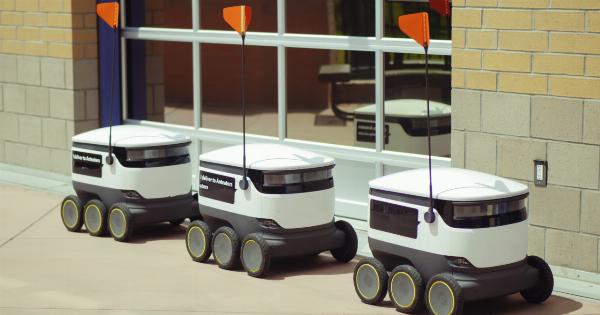Robotic surgery has come a long way since the early days of laparoscopic surgery. Nowadays, surgeons can perform operations with greater precision and accuracy than ever before, thanks to the latest advancements in surgical robotics.
Among the most innovative surgical robots are those equipped with robotic tentacles, which are capable of performing complex procedures with unparalleled dexterity and precision.
What are robotic tentacles?
Robotic tentacles are flexible, snake-like appendages that can be controlled remotely by a surgeon.
They are made of a series of interconnected segments, each of which can be independently controlled to provide a high degree of flexibility and range of motion. Because of this, robotic tentacles are particularly useful in procedures that require a high degree of precision, such as microsurgery or delicate procedures in confined spaces.
How do they work?
Robotic tentacles operate using advanced control systems that allow them to move with a high degree of precision and speed. The surgeon controls the movement of the tentacle via a console, using a series of joystick-like controls.
These controls are fed into a computer system, which translates them into movements of the tentacle.
What are the benefits of robotic tentacles?
Robotic tentacles offer a number of significant benefits over other surgical techniques. These include:.
- More precision and accuracy: Robotic tentacles are capable of performing very precise movements with a high degree of accuracy, which can be crucial in procedures where even the slightest mistake can have serious consequences.
- Less invasive: Because robotic tentacles can be inserted through small incisions, they are less invasive than traditional surgical techniques. This means that patients can benefit from faster recovery times and reduced scarring.
- Increased range of motion: Robotic tentacles are highly flexible, which means that they can reach areas that would be difficult or impossible to access with traditional surgical tools.
What kind of procedures can be performed using robotic tentacles?
Robotic tentacles can be used in a variety of surgical procedures, including:.
- Microsurgery: Because of their high degree of precision, robotic tentacles are particularly useful in procedures that involve working with tiny structures, such as blood vessels or nerves.
- Endoscopic procedures: Robotic tentacles can be inserted through small incisions, which makes them ideal for minimally invasive endoscopic procedures, such as those used to treat gastrointestinal conditions or to remove tumors.
- Neurosurgery: Robotic tentacles can be used in complex neurosurgical procedures, such as those used to remove brain tumors or to repair spinal cord injuries.
The future of robotic tentacles
As technology continues to advance, it is likely that we will see even more sophisticated robotic tentacles in the future.
These could include tentacles that are capable of performing even more complex tasks, such as suturing or tying knots, or tentacles that can be used in conjunction with other robotic tools to perform even more advanced surgical procedures.
Conclusion
Robotic tentacles are one of the most exciting developments in surgical robotics, offering a high degree of precision and accuracy in a variety of surgical procedures.
As technology continues to improve, we can expect to see even more advanced surgical robots that make use of these innovative tools.


























